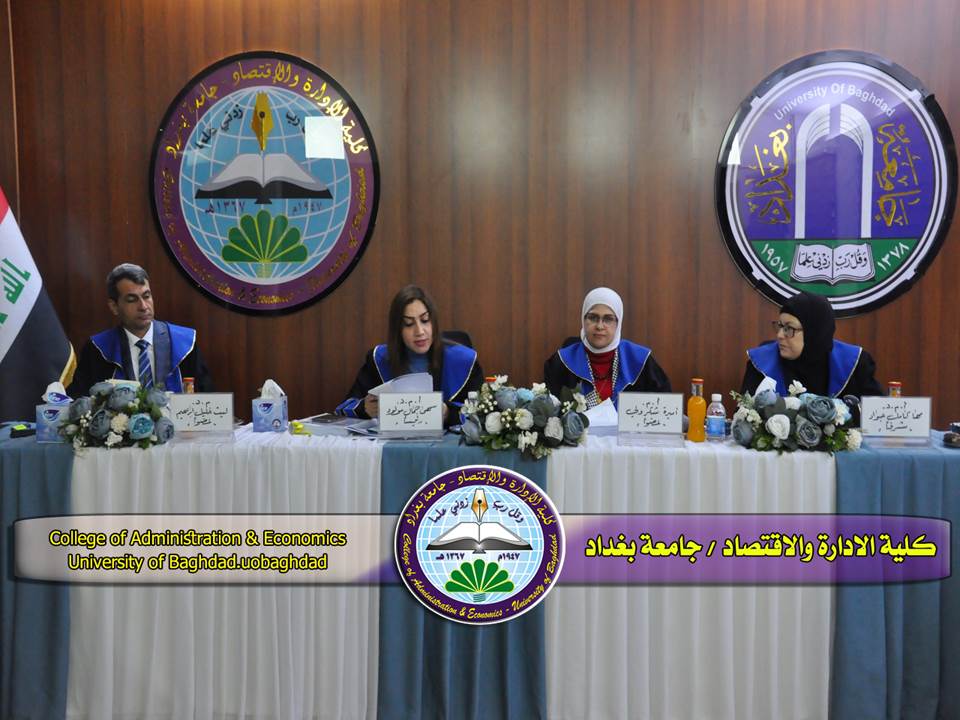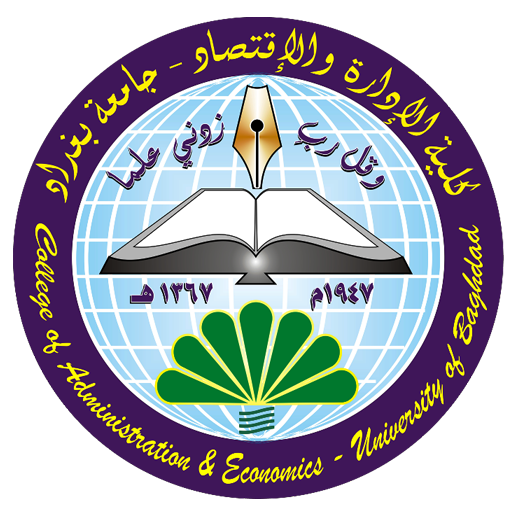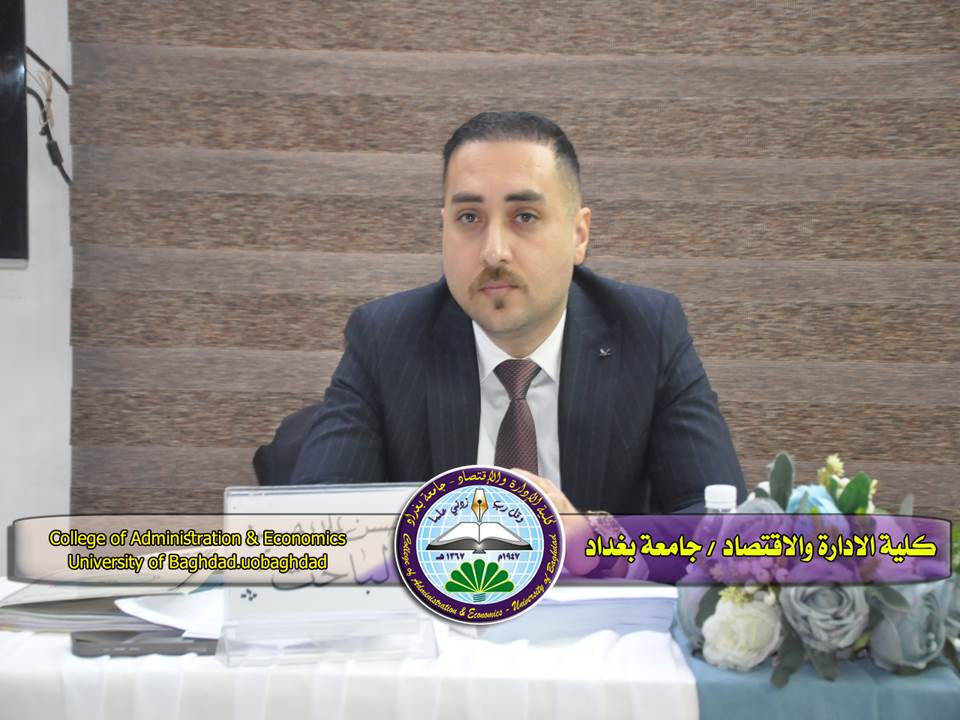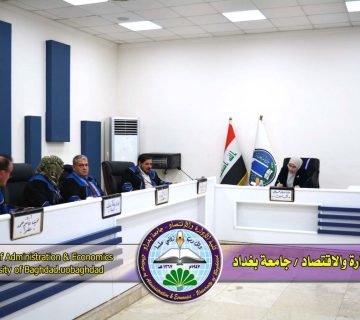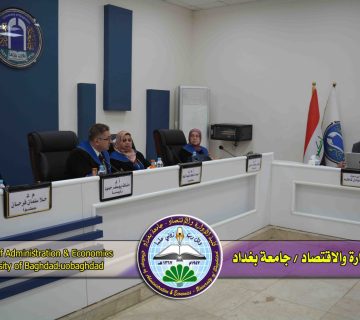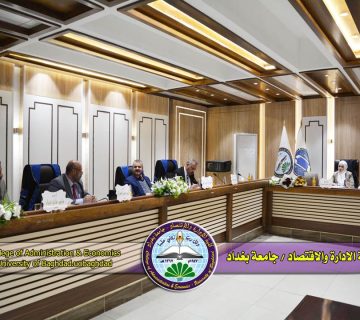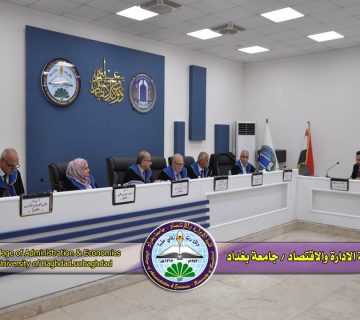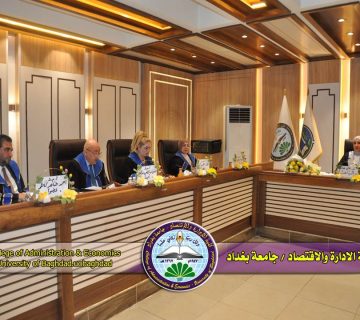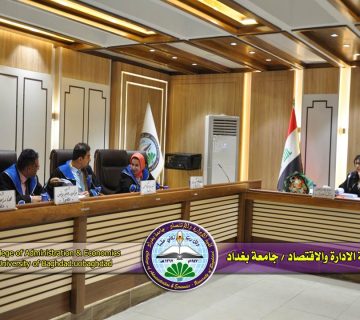The College of Administration and Economics at the University of Baghdad discussed a higher diploma equivalent to Master’s Thesis in field of Strategic Planning by the student (Hassan Alaa Hussein) and tagged with (Risk management assessment according to the standard (ISO 31000: 2018) – a case study in the Iraqi Ministry of Interior ), Under supervision of (Asst. Prof. Dr. Maha Kamel Jawad)
This research is based on the fundamental idea of evaluating the actual risk management in the Iraqi Ministry of Interior by comparing it with the provisions of the ISO 31000:2018 standard. The research aims to explore the existence of any gap in the work of the ministry’s departments and formations regarding the standard’s provisions and requirements.
The research problem stemmed from monitoring the ministry’s procedures during crises, especially numerous security breaches and financial crises that cast shadows on the ministry’s work and decisions. These incidents, within its responsibilities, significantly undermined its capabilities. It was observed that the measures taken were reactive and not based on prior planning grounded in scientific and logical foundations that provide a secure environment for making accurate decisions. Therefore, the need for urgent action in risk management to mitigate future uncertainties prevalent in the external environment, specifically surrounding the ministry, became apparent.
To achieve the research goal of evaluating the actual state of risk management, the researcher designed checklists based on the standard’s provisions. These checklists were reviewed by a selected group of specialized professors, and the researcher filled them out after conducting field visits, reviewing records and documents, and undertaking field observations for the research sample. The sample included three departments selected according to the strategic plan axes of the ministry (Security, Services, and Administrative). The Border Guard Forces Command represented the security axis, the Civil Defense Directorate represented the services axis, and the Financial Affairs Directorate represented the administrative axis. After analyzing the checklists and extracting the results, a fundamental gap between the actual state and the standard’s requirements was discovered, with a magnitude of 60% and an application rate of only 40%. This represents a relatively significant gap since the ministry’s specialized work in the security aspect requires a high level of risk management application.
The key conclusions highlight weaknesses and scarcity in incorporating risk management into the strategic and annual plans of the ministry’s departments and formations. Consequently, there are no specific tasks assigned to these departments to implement risk management, indicating a lack of awareness, culture, and insufficient resource allocation for this important matter. The research designed a scientific guide for planning personnel in the ministry’s departments and formations on how to include risk management in their strategic and annual plans, along with designing specific tasks within those plans. This aims to make these tasks obligatory for execution, gradually promoting a culture of risk management, and directing resources toward it, thereby bridging the gap between the actual state and the standard’s requirements.
